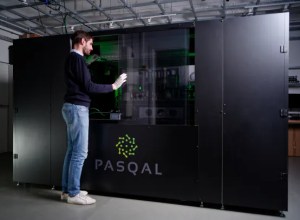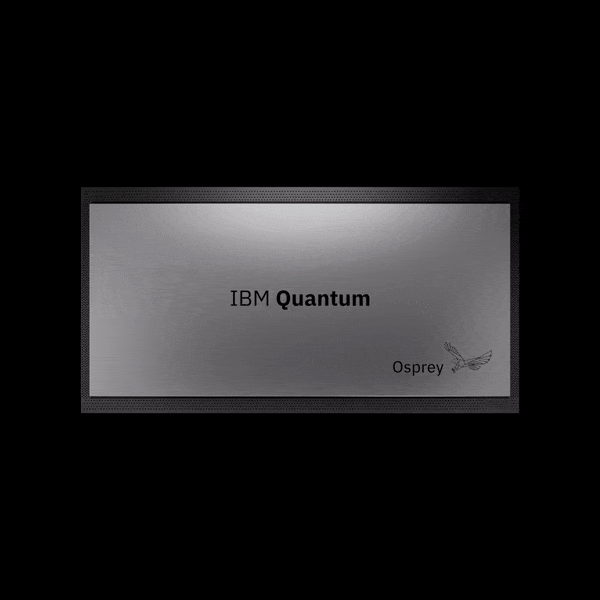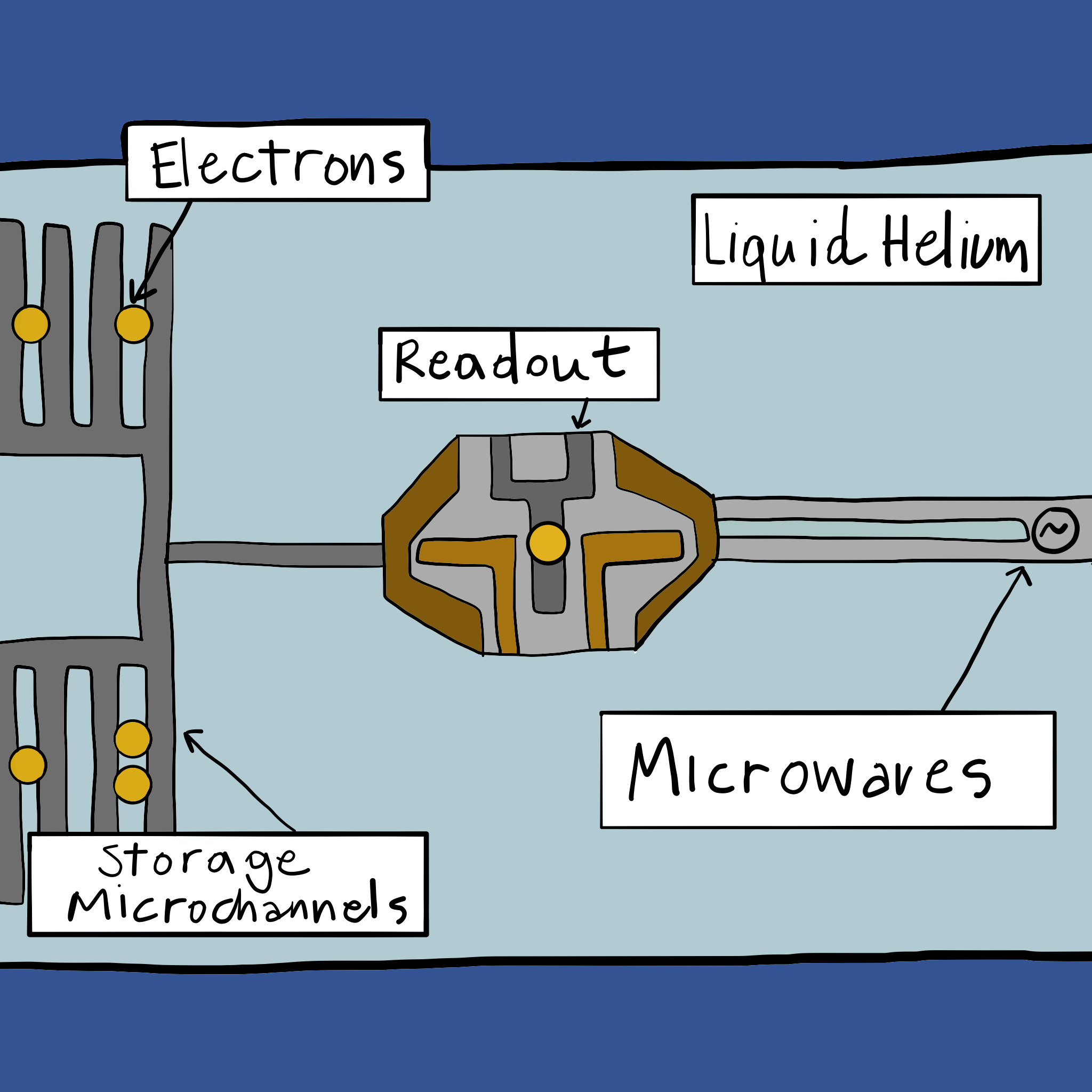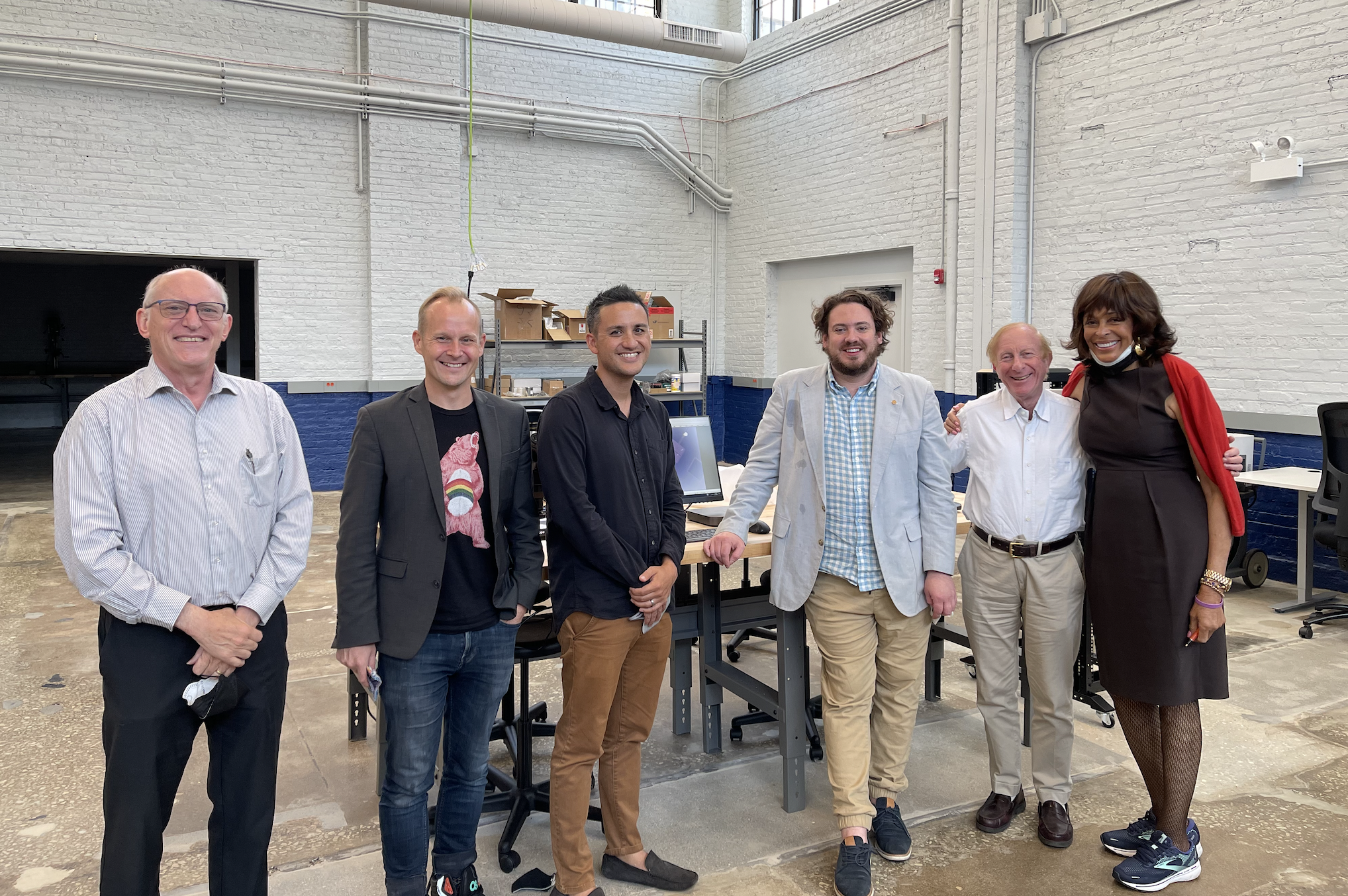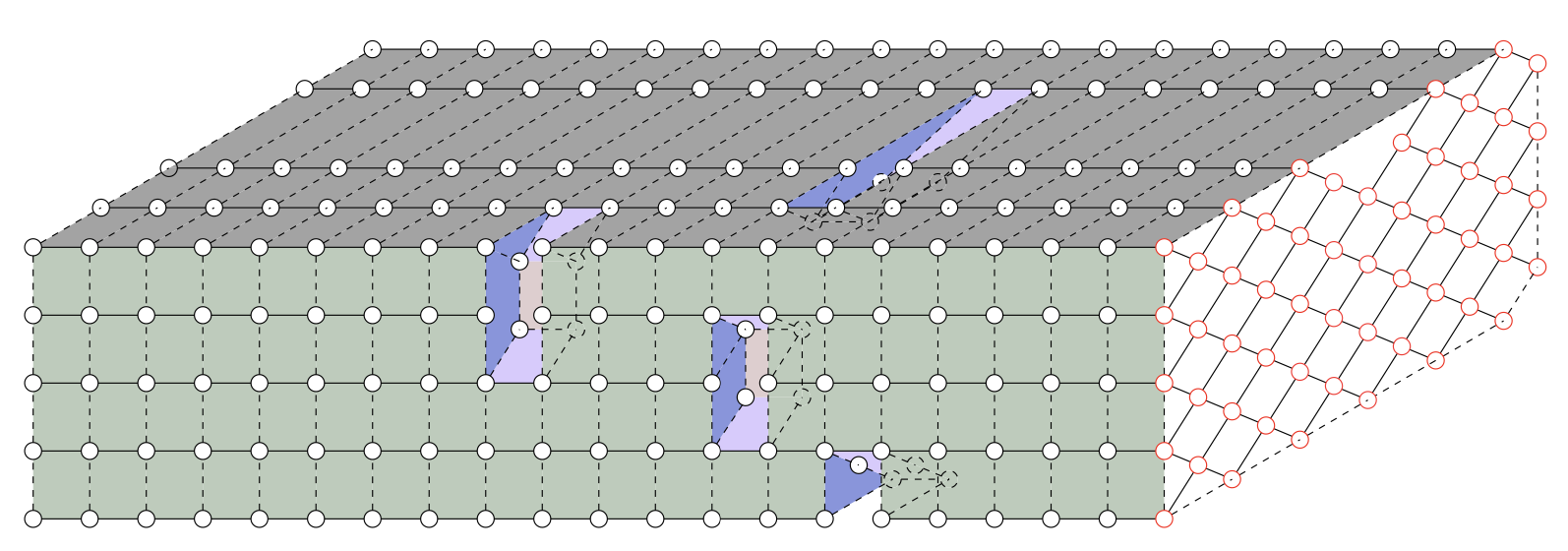Two quantum-adjacent technologies — quantum sensing (QS) and quantum communication (Qcomm) — are as important as quantum computing hardware itself since they help make quantum computers function more accurately.
A Sydney-based startup called Q-CTRL has built quantum-sensing software that helps reduce errors on quantum computers. Today, the company announced that it has raised another $27.4 million in funding.
The Series B extension comes nearly 14 months after the startup raised its $25 million Series B in November 2021. CEO of Q-CTRL, Michael Biercuk, told TechCrunch the startup made major discoveries and demonstrations of its technology almost immediately after its last raise.
“We had spent almost four years building core capabilities and then finally put them all together to show how we could improve the performance of an entire quantum algorithm beyond just the individual components of the hardware,” Biercuk told TechCrunch. “By March 2022, we had achieved up to approximately 9,000 times improvement in the likelihood that a quantum algorithm executed using our tools would give the correct answer.”
Biercuk explained this discovery was one of many benchmarks that help prove the startup could transform the performance of quantum computers, delivering enhanced utility to end users.
The significant breakthroughs also led to growth in sales. Q-CTRL’s sales bookings grew three times to over $15 million in CY 2022, Biercuk said. The startup has more than 8,000 users, including government contracts with the U.S., defense agencies in Australia and quantum computing companies like Rigetti, IonQ, IBM, Atom Computing, Alice & Bob, Nord Quantique and Pasqal, among others. Universities and national labs also use Q-CTRL’s tools; many corporations (EY, KPMG, Capgemini, Quanscient, Xerox PARC and Classiq) have sealed commercial partnership deals with Q-CTRL.
The outfit has four products: Black Opal, Boulder Opal, Fire Opal and Open Controls. Last October, Q-CTRL, which focused on making quantum computers useful (sooner), launched a learning platform, Black Opal Enterprise, designed to help corporations and organizations understand quantum computing to build quantum-ready teams. That was followed by the release of Black Opal in April 2022 to help individuals learn quantum computing.
Salesforce Ventures, Alumni Ventures, ICM Allectus, Mindrock Capital, Bill Lightfoot (a former partner at General Dynamics) and John Eales (an Australian business leader and global rugby legend) participated in the latest round. Previous investors include Airbus Ventures, Data Collective, Horizons, Main Sequence Ventures and Ridgeline Partners.
The company did not provide valuation information, but says it will use the proceeds to continue developing its quantum technology, concentrating on product engineering, sales and marketing capacity. It also plans to grow its team from 80 to approximately 120 this year across Sydney, Los Angeles and Berlin offices.
Applications of quantum sensors range from bioimaging, spectroscopy, navigation that provides high-accuracy GPS, environmental monitoring (volcanic disruption prediction, CO2 emission measurement) and more, per a McKinsey report.
“Hiring teams of specialists can be risky and expensive. Q-CTRL’s frictionless quantum infrastructure software has a shallow learning curve and allows CIOs and CTOs to become quantum ready today, reducing enterprise risk,” said Heather West, IDC research manager, in a statement. “Q-CTRL anticipates that with its software, enterprises will be able to leverage the skills of their current IT developers to easily develop, optimize and execute quantum algorithms and obtain high levels of performance on any given hardware at a low net cost.”
“Q-CTRL’s technology stands head-and-shoulders above the rest of the industry in tackling the most foundational challenge in quantum computing,” said Robert Keith, managing director of Salesforce Ventures. “Q-CTRL’s products are essential for enterprise adoption of quantum computing, and their use of AI is delivering critical insights across hardware platforms that no one else can match.”
Quantum sensing startup Q-CTRL raises another $27.4M by Kate Park originally published on TechCrunch

